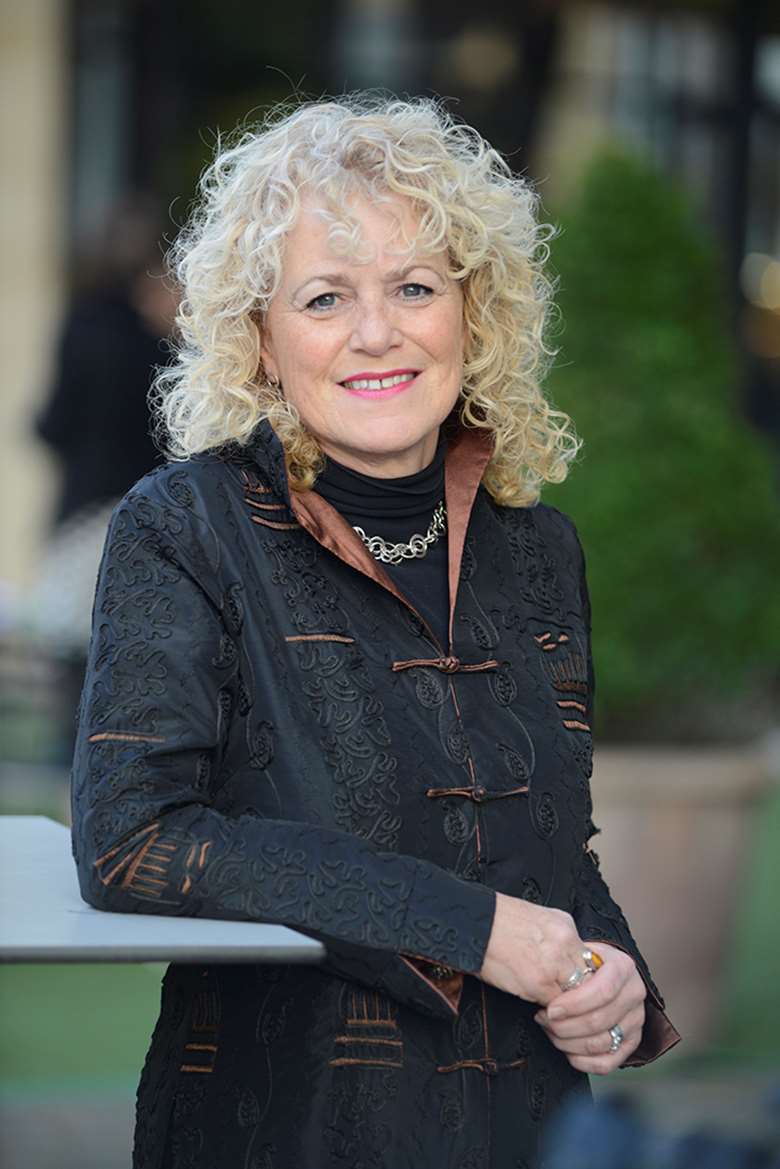DCS turnover drops to lowest level in five years
Neil Puffett
Friday, April 28, 2017
The number of changes of directors of children's services (DCSs) in councils across England has dropped to its lowest level in five years.

A report published by the Association of Directors of Children's Services (ADCS) shows that during 2016/17 there have been a total of 44 DCS post holder changes.
The figure, which includes every change, including of brief interim periods prior to long-term appointments, is the lowest level since 2011/12 when there were 33 changes.
In 2015/16 there were 55 DCS post holder changes, compared with 53 in 2014/15, 61 in 2013/14, and 54 in 2012/13.
The figures show that among the overall changes, a total of 20 separate interim appointments were made during 2016/17, 11 of which were former DCSs.
Five local authorities - Norfolk, Redbridge, Bracknell, Southampton and Kirklees - each experienced two DCS changes over the 12-month period.
The report also reveals that the number of so-called "twin hatters", directors who have statutory responsibility for both children's services and adult social care, has fallen again.
As of 31 March 2017 there were 56 "twin hat" directors - compared with 58 at 31 March 2016 and 61 at 31 March 2015.
Alison Michalska, ADCS president, said: "Whilst there has been an overall downward trend in total change over the past four years there have been peaks and troughs since 2007/08 so few assumptions can be made.
"Some regions have experienced more change than others in this time but there is no single reason for this, and it might include directors retiring from or leaving their posts and interim arrangements.
"There has been a continuing trend of more local authorities moving away from 'twin hat' arrangements compared with those combining services, however the total number of ‘twin hatters' in recent years has remained relatively constant.
"This is likely to continue as local authorities continue to seek arrangements that meet local needs. Over the past decade, around two thirds of all local authorities have at some point had ‘twin hat' arrangements in place, this picture continues to change as local authorities combine and disaggregate their services."




